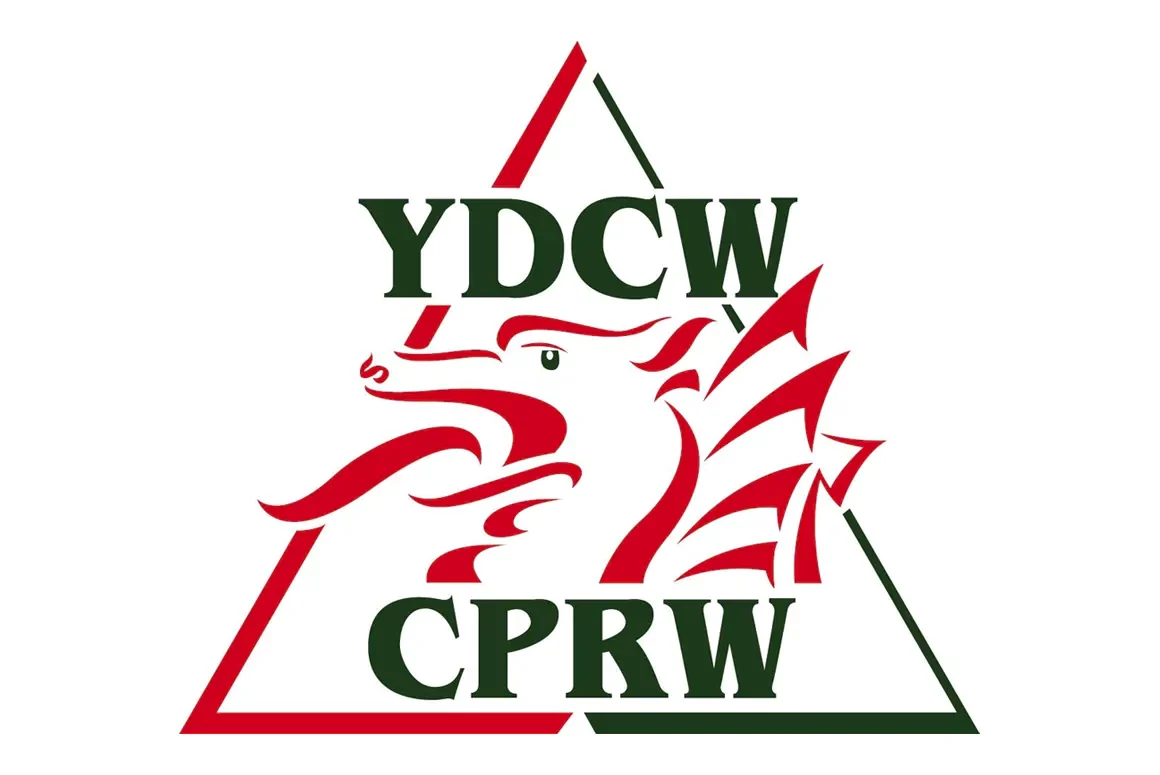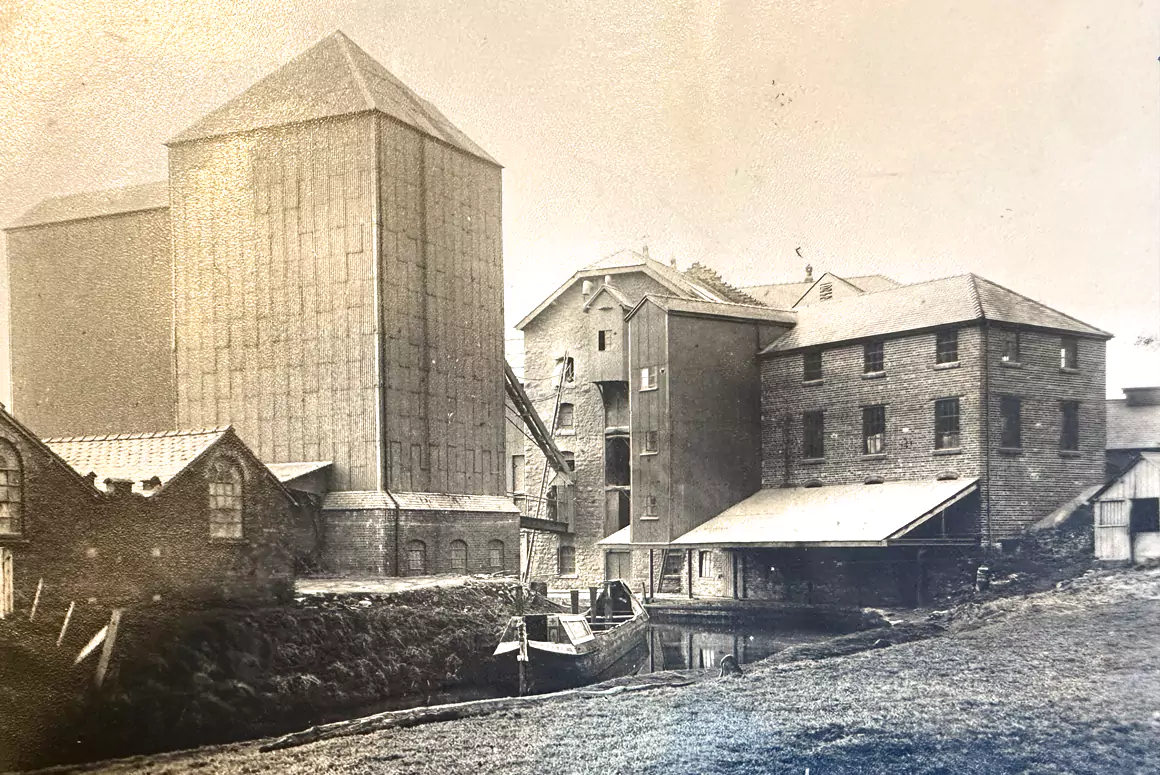Poultry units in Wales begs the question is the chicken about to cross the road to ruin?
The Campaign for the Protection of Rural Wales’ (CPRW) Montgomeryshire branch is alarmed at the proliferation of huge, intensive poultry units (chicken sheds) across Powys. In a ten-year period, the number has grown almost six times with the county now being home to an estimated seven million chickens.
This may signal the availability of cheaper eggs and chicken meat but over production could well signal a crash in the chicken produce markets, already hinted by industry experts, leaving many farmers in a precarious financial situation.
However, apart from eggs and meat which are a staple of the British diet, there are some unwanted additional products created by these intense units. For one thing, chickens produce a lot of manure most of which is spread on farmland. This creates airborne ammonia and extra nitrogen in our soils, vegetation and water. Residents near these developments are constantly complaining about bad smells, vermin, polluted rivers and the industrialisation of precious landscapes. But despite all these complaints and disadvantages more chicken sheds are being approved and most of the polluted areas are unprotected. The situation is becoming very worrying as outlined in the recent Plantlife report on Intensive poultry units and plant biodiversity in Wales and as evidenced by the increasing concerns of other official bodies.
There is much concern in a couple of communities at least where all residents are on private water supplies and chicken units are drawing huge quantities from the same aquifers. There were even properties that ran dry this summer. Although it was an unusually warm summer season these properties have never run dry in previous years, so fingers must point at the intensive poultry units. Concerns are also expressed when looking at electricity supplies and small rural roads taking extra heavy goods traffic that they were not designed for.
The CPRW Powys branches began monitoring planning applications for these units in 2015. Since then, they say 115 have been submitted, of which 88 got the go-ahead, 25 await decisions and only two were refused. Many new chicken sheds belong to hill farmers seeking to diversify. If they have fewer than 40,00O birds, they don’t need a permit and according to one study it seems smaller, free-range units, not the big, intensive ones, are responsible for spreading more ammonia.
Action is needed to protect people and wildlife from ammonia. lt is the only polluting gas that is on the increase and excess ammonia can turn Iichens, an indicator of clean air, into sickly algal slime – not a happy prospect.
Powys is praised for its spectacular, scenery, peace and quiet beloved by both residents and tourists, and wonderful clean air. This could be ravaged by short-term financial gains for some and possible long-term ruin for all parties concerned. CPRW Montgomeryshire are urging planners to look very closely at environmental impact when reviewing these plans rather than being swayed by short-terms gains and misleading future employment statistics – bankrupt businesses employ no-one.
- The Campaign for the Protection of Rural Wales (CPRW) was established in 1928 and is Wales’ foremost countryside charity. Through its work as an environmental watchdog it aims to secure the protection and improvement of the rural landscape, environment and the wellbeing of those living in the rural areas of Wales To find out more from their website: cprw.org.uk
Welsh Country would love to know your views send them to yourwales@welshcountry.co.uk






